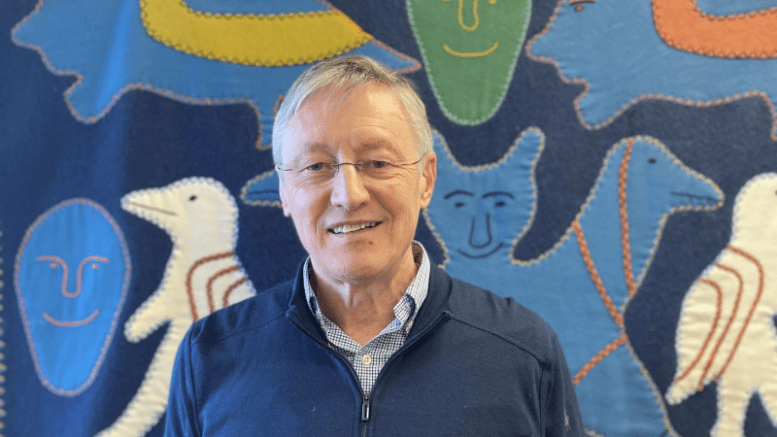Public health officials are asking residents — especially those considered high risk — to check in with doctors or nurses if they have COVID-19 symptoms.
The reminder comes after Dr. Andre Corriveau, acting deputy chief public health officer, announced another death related to the Omicron variant during a news conference Wednesday afternoon.
He added this was the third person to die recently of the virus in their home.
“It’s about not waiting to consult,” said Corriveau. “Especially if you’re… not immunized, or you have a chronic health condition, are you immunosuppressed, or you have a combination of those. Don’t wait.”
Public health has not said which community the individual that passed away was from.
Scott Robertson is the director of public health and primary care services for the Northwest Territories Health and Social Services Authority.
During the news conference, he said Paxlovid treatments are available in the territory’s hospitals and regional centres.
The drug is used to treat mild to moderate COVID-19 symptoms in people that have a high risk of hospitalization or death from the virus, such as people over 60 or that are immunocompromised, among others.
Case plateau leads to later re-opening
Corriveau reiterated the plan to have all public health measures removed in the spring.
He was asked why public health was waiting until then considering other provinces are removing restrictions sooner.
“We’re still seeing a lot of COVID activity,” he said. “We think we’re probably at least one week away from that steady decline (in case numbers). And so, that’s basically our cue for some of the more substantial relaxations.”
He added the territory would ease its restrictions in stages to not overwhelm the healthcare system.
Corriveau also confirmed there were no specific targets for vaccination rates or case numbers before removing restrictions, only that there is a “steady decline.”
But we’re not there yet.
The latest numbers show overall cases are dropping. But Corriveau said there is still a plateau of about 100 news cases daily, “which is most certainly an underestimate, given that not all people seek testing or report test results that are done at home.”
Modelling has shown Omicron cases take a nosedive following the peak. That hasn’t quite been the case yet in the NWT.
Corriveau said this is partially due to the territory’s dispersed population. So while one community’s cases may be dropping significantly, another’s could be going up. Such is the case in Ulukhaktok currently.
Despite this wave taking longer to go through the territory, public health is still expecting a significant drop to come in the next few weeks.





